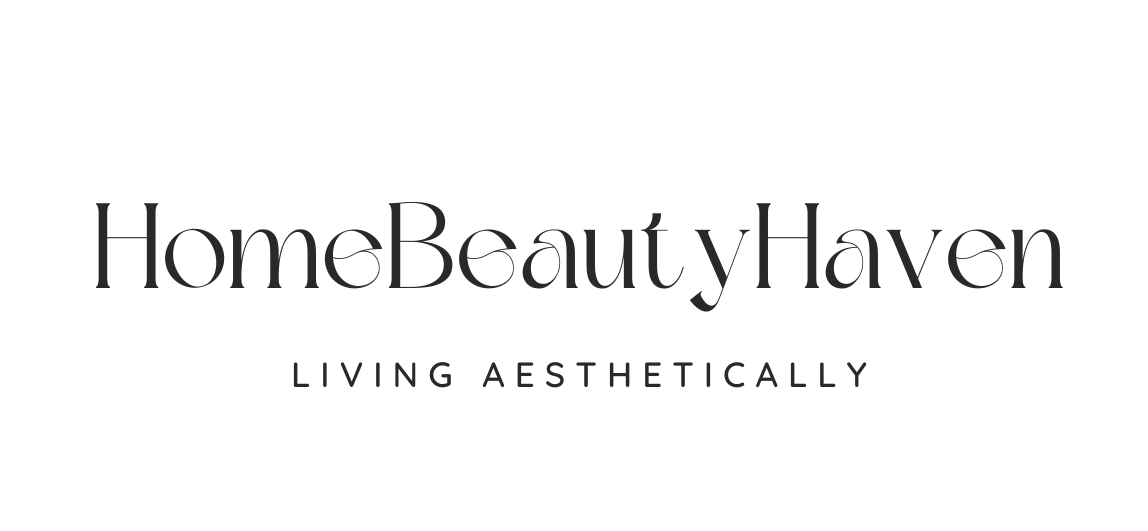
Treating Varicose Veins: Options and Insights
Varicose veins, those twisted, enlarged veins often seen in the legs and feet, are more than just a cosmetic concern—they can cause discomfort, swelling, and even pain. This blog post explores the various treatment options available for varicose veins, from lifestyle changes to medical procedures.
Understanding Varicose Veins
Varicose veins develop when the valves in the veins weaken or become damaged, causing blood to pool and veins to swell. They are common in people who stand or sit for long periods, as well as in those with a family history of the condition, pregnancy, or obesity. Besides their appearance, varicose veins can lead to aching, cramping, and even skin ulcers in severe cases.
Lifestyle Changes for Varicose Veins
Before exploring medical treatments, consider these lifestyle adjustments to manage and prevent varicose veins:
- Regular Exercise: Activities like walking or swimming can improve blood circulation and reduce pressure on veins.
- Elevate Your Legs: Elevating your legs above heart level for a few minutes a day can help reduce swelling and improve blood flow.
- Compression Stockings: Wearing these special stockings can help compress veins and improve blood circulation.
Medical Treatments for Varicose Veins
If lifestyle changes aren’t sufficient, medical treatments can effectively address varicose veins. Here are some common options:
- Sclerotherapy: This involves injecting a solution into the varicose veins to close them, causing them to fade over time. It’s suitable for smaller varicose veins and spider veins.
- Laser Treatment: High-intensity light is used to close off smaller varicose veins, which eventually disappear. This non-invasive treatment is popular for its minimal recovery time.
- Radiofrequency Ablation: A catheter with a heating element is inserted into the vein, causing it to close as the heat is applied.
- Vein Stripping and Ligation: This surgical procedure removes the varicose vein, typically for larger veins or severe cases. It’s done under general anesthesia, and recovery can take several weeks.
- Endovenous Laser Treatment (EVLT): Similar to radiofrequency ablation, but using laser energy to close off the vein.
Choosing the Right Treatment
The right treatment depends on the severity of your varicose veins, your overall health, and your preferences. Consult with a vascular specialist or a dermatologist to determine the best course of action.
Varicose veins can be bothersome, but with the right approach, they are manageable. Whether through lifestyle changes or medical treatments, there are several ways to address varicose veins and improve your comfort and appearance. If you’re experiencing symptoms, consult with a healthcare professional to explore the best treatment options for you.



